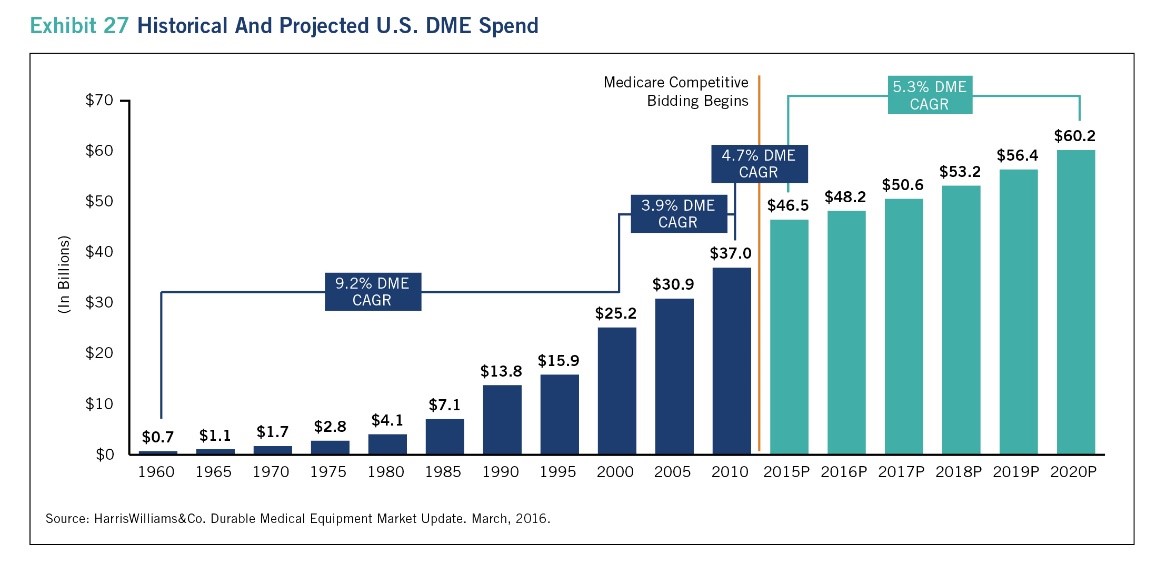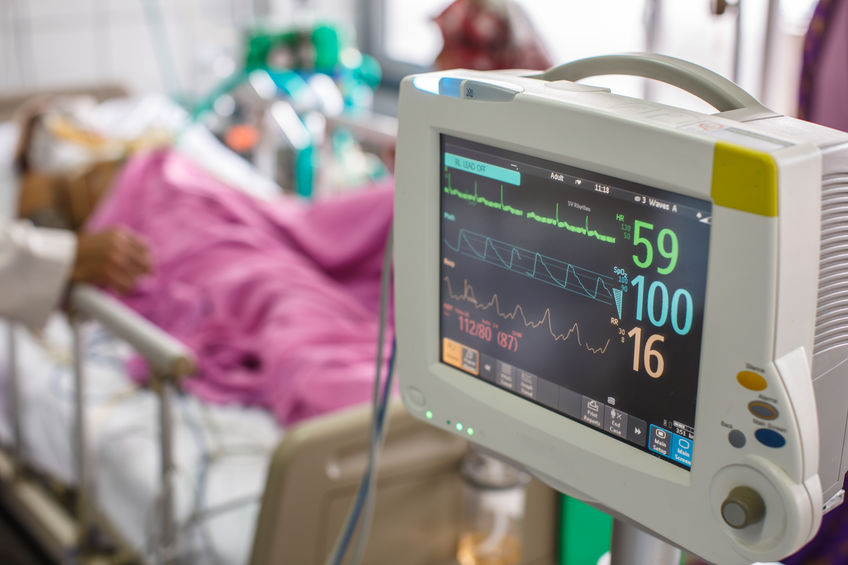 At no greater time in our history has the role of the respiratory therapists been more significant! And yet, according to Terry Racciato, RN, PHN, as published in the May-June 2020 issue of the Remington Report,
At no greater time in our history has the role of the respiratory therapists been more significant! And yet, according to Terry Racciato, RN, PHN, as published in the May-June 2020 issue of the Remington Report,
“In the acute care hospital, the RT is a well-respected team leader in respiratory care. Yet as soon as that patient is discharged, they suddenly lose that supportive RT expertise. RTs are underutilized in the post-acute setting because there currently is no payment mechanism to recognize essential RT services.”
Racciato emphasizes the absolute need for the professional service of the RT in the home, yet there are almost NO third-party payers (including Medicare and Medicaid) that will pay for their services. Patients are often sent home on ventilators, families and caregivers are instructed in the use of the equipment and the care of the patient (often prior to discharge from the hospital), and the patients are discharged with little or no professional care. While the home health nursing services are reimbursed on a visit-by-visit basis (according to a plan of care), the respiratory therapist is essentially excluded from this process.
When home medical equipment was in its infancy in the 70’s and 80’s, reimbursement for systems such as oxygen and ventilators was high enough to allow DME (durable medical equipment) organizations to pay RT’s to provide this care – even though those companies were NOT reimbursed by a payer. As the DME industry grew and more money was spent on equipment in the home, payers began to decrease their per-item reimbursement.

As you can see, DME has grown to a $60B industry, yet the per-item reimbursement has decreased significantly. Oxygen concentrators that were once reimbursed at $400 per month are now paid at around $100 monthly. No industry in the U.S. has experienced that kind of per-item decrease!
 According to Racciato, “Unfortunately, decades ago, Medicare defined the scope of home health agencies to include only reimbursable disciplines: RN, OT, PT, ST, MSW, AND HHAs. Medicare did not recognize the expertise of RTs at that time. Fast forward to 2020, and the magnitude of COVID 19 patients, as well as the increased acuity of home patients should result in much better support for need RT skills.”
According to Racciato, “Unfortunately, decades ago, Medicare defined the scope of home health agencies to include only reimbursable disciplines: RN, OT, PT, ST, MSW, AND HHAs. Medicare did not recognize the expertise of RTs at that time. Fast forward to 2020, and the magnitude of COVID 19 patients, as well as the increased acuity of home patients should result in much better support for need RT skills.”
Chronic Obstructive Pulmonary Disease (COPD) is the 4th leading cause of death and one of the costliest conditions relative to hospital readmissions. And the respiratory manifestations of COVID-19 only add to the already stressed home health care picture. It is inconceivable that respiratory therapists – those specialized health care professionals trained in cardiopulmonary care – are not paid directly for their clinical support in the home through the Durable Medical Equipment (DME) providers. This concept was primarily promoted by Medicare’s interpretation that the DME benefit should only consider paying for equipment, and not the clinical care that is essential to allow those patients to remain in their homes.
In any acute care hospital, the RT is a well-respected team leader in respiratory care. Yet when that same patient is discharged, those supportive RT services are lost. Utilizing the expertise of the respiratory therapist as an essential element of the home care team would allow other disciplines to securely practice at the top of their license, thus improving their contribution to positive patient outcomes. Only 20% of DME patients are seen by a home health agency, therefore our home care payment process must change and include a reimbursement code for RT visits and not consider these vital professionals as simply an afterthought to be included as part of the indirect cost of the rental of a piece of equipment.
Distance Learning for Respiratory Therapists
RespiratoryEdu.org provides Approved Online Continuing Education for Respiratory Therapists to fulfill their required number of Continuing Education Units through Distance Learning. We are saving our Respiratory Therapists time, money and hassle of traveling and attending in-person classroom instruction. Distance learning is becoming a part of our lives during this ‘new normal’, and is now ever more important as our online classes provide a safe option for our Respiratory Therapists and Sleep Technologists to fulfill their requirements set by individual state boards, (an average between 20 to 30 hours of continuing education every two years).
See our list of AARC and CSRT approved Courses and Discounted Packages:
- Courses approved by AARC for CECs
- Discounted Packages approved by AARC for CRECs
- Courses approved by CSRT for CPDs
- Discounted Packages approved by CSRT for CPDs









Nice blog…..great to recognize the RTs who have served on the front lines for years!